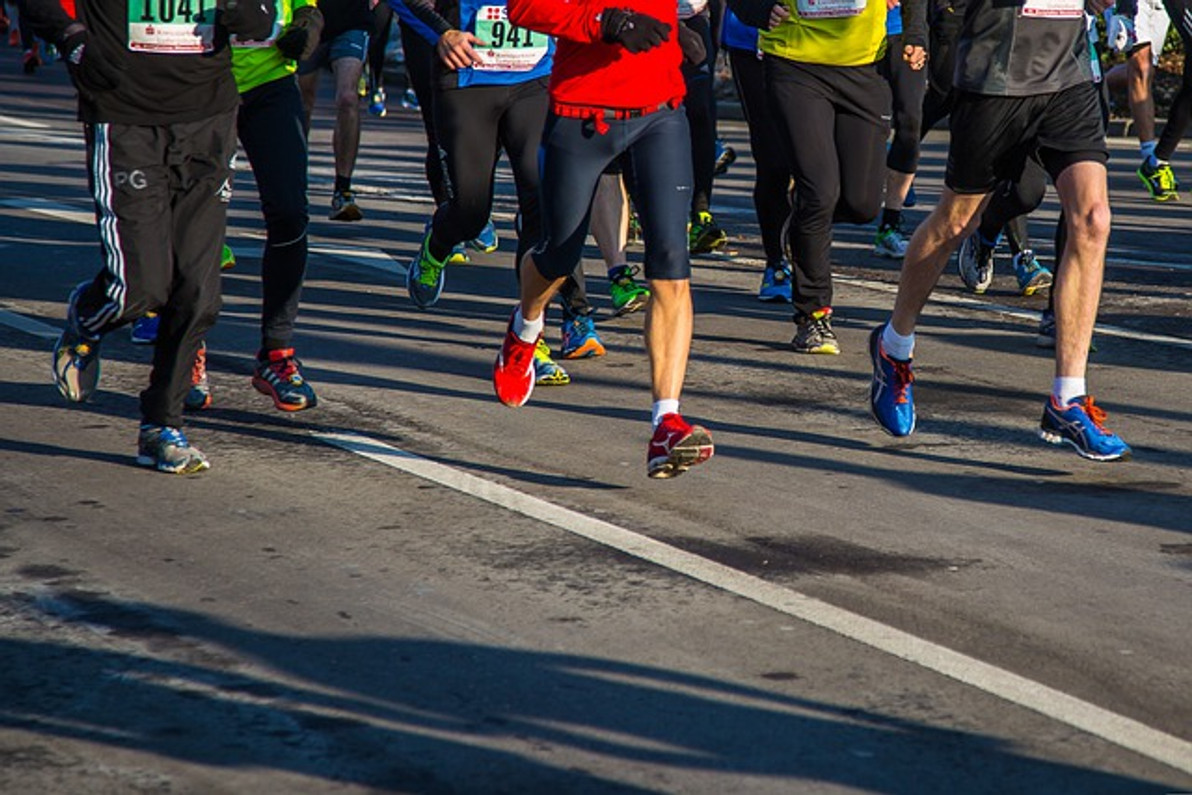How to Prevent Blisters When Running
Is running a part of your weekly exercise regimen? There's no denying that running is good for your health. Research has shown that people who regularly run are less likely to develop diabetes, heart disease and many other chronic medical conditions than their counterparts. But if you're going to run, you'll need to protect your feet from blisters.
Keep Your Feet Dry
One of the most important things you can do to prevent blisters when running is to keep your feet dry. Blisters are typically the result of your heels rubbing against the back of your shoe. if your feet are wet, you may experience chafing that encourages the formation of blisters. Your feels will rub against the back of your shoe, and due to chafing, blisters may form. Keeping your feet dry will minimize the risk of blisters.
Double-Up On Socks
You may want to wear two pairs of socks to prevent blisters when running. With only a single of pair socks, there will be less "padding" between your heels and shoe. If the socks are particularly thin, they may fail to protect your feet from blisters. Wearing two pairs of socks, though, will create twice the padding while giving you twice as much protection against blisters.
Replace Your Shoes
If you still develop blisters when running, perhaps you should invest in a new pair of shoes. Running shoes don't last forever. Over time, they will degrade while losing their ability to support and protect your feet from injuries. Most experts recommend replacing running shoes every 300 to 500 minutes. if you've exceeded this limit, replacing your running shoes may protect your feet from blisters.
Use Tape
You can also use tape to prevent blisters when running. If you typically get blisters on the back of your heels -- the most common area where blisters form -- try placing a strip of medical tape here. You can cover the back of your heels with a strip of medical tape. Along with doubling-up on your socks, it will protect your feet from blisters.
Tighten Your Shoes
Whether you're wearing old or new running, you should make them relatively tight. Don't just lace them up loosely. Instead, make the laces tight enough so that your feet don't move around in your shoes. If your feet can move around in your shoes, they may rub your feet raw, which can lead to blisters.
Recent Posts
-
Fire Safety in the Workplace: What You Need to Know
What steps are you taking to prevent fires in your workplace? According to the U.S. Occupational Saf …Aug 23rd 2023 -
Is It Safe to Go Jogging With a Cold Infection?
If you're suffering from a cold infection, you might be wondering whether it's safe to go jogging. T …Aug 22nd 2023 -
5 Safety Tips to Follow When Using a Powder-Actuated Tool
Powder-actuated tools are commonly used to join materials to steel and concrete. Also known as Hilti …Aug 20th 2023




